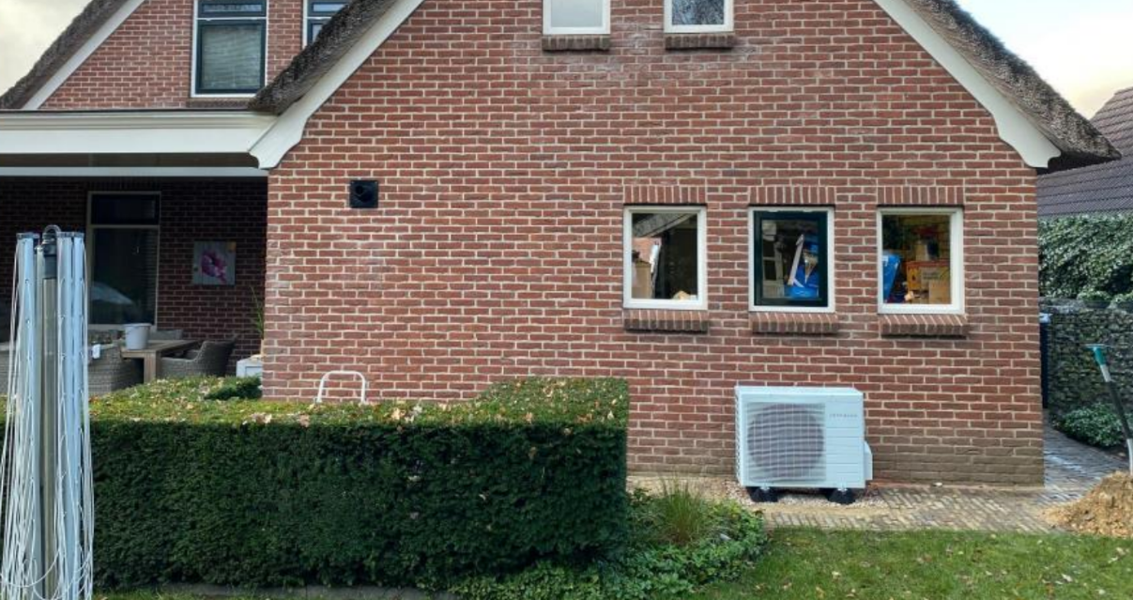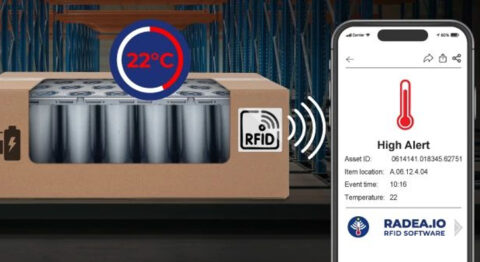Heat pumps generally use synthetic refrigerants. That said, there are also heat pumps that use a natural refrigerant. As is the case with the CO2 heat pump. When do you use this heat pump and what are its advantages and disadvantages?
It may sound contradictory to use CO2 as a refrigerant in a heat pump. After all, don't we actually want to drastically reduce CO2 emissions and preferably even reduce them to zero? To reassure you right away, a CO2 heat pump is actually a sustainable and energy-efficient solution. It is mainly the name that can cause confusion and questionable looks, simply because it contains the designation CO2.
Natural refrigerant
While we obviously want to get rid of emissions, the release of CO2 into the atmosphere, it can indeed be used just fine as a refrigerant in a heat pump. After all, it is in a closed system. At most, it can enter the atmosphere in the event of a leak, and even then the natural refrigerant CO2 is considerably less harmful than most synthetic refrigerants in circulation. Furthermore, it does not affect the ozone layer, is non-toxic and also non-flammable.
This type of heat pump was fairly unknown until recently, even though they have been around for a long time. Originally they were mainly used for supplying hot (tap) water, only later for heating systems.
Existing heating system
Using a CO2 heat pump has some practical advantages over other types of air-to-water heat pumps. For example, the heating water can be heated to as much as ninety degrees. This is ideal for older homes in particular, as the high-temperature radiators that are usually still there can then continue to be used.
With other types of heat pumps that deliver water at a considerably lower temperature, these radiators must first be replaced with low-temperature radiators, or something like underfloor heating must be switched. An optimally insulated house is another important prerequisite for LTV (Low Temperature Heating). Especially when it gets quite cold outside, the boiler still has to step in. So then you need a hybrid heat pump instead of an all-electric heat pump, because it can work together with the boiler.
Fast to temperature
The water delivered by a CO2 heat pump is much warmer, so there is no longer a need for a central heating boiler, the existing heating system will do just fine, and the house does not have to be better insulated or re-insulated first. In short, it requires considerably less drastic and therefore much less expensive modification. The CO2 heat pump is suitable for both heating and hot tap water, so it is an all-electric solution. Thanks to the high water temperature, no periodic legionella flushing of the boiler tank is required.
The high water temperature ensures that the house is warmed up nice and quickly, whereas with LTV (Low Temperature Heating) you prefer to try to keep the property or the room(s) in question at as constant a temperature as possible, and preferably allow the additional heating to occur as gradually as possible over a longer period of time.
Efficiency
Of course, no solution has only advantages. What you have to take into account with a CO heat pump is that - compared to many other heat pumps - a much higher pressure is required to get sufficient efficiency from the system. This also immediately means that the pipes involved must be heavier.
In addition, a CO2 heat pump is just a bit less efficient and also a bit more expensive to purchase. Furthermore, you achieve the best efficiency when the temperature of the return water is low and thus a lot of heat has been transferred. This raises the question of whether the efficiency can be increased by additional insulation in the future. This is the case with other types of heat pumps.












